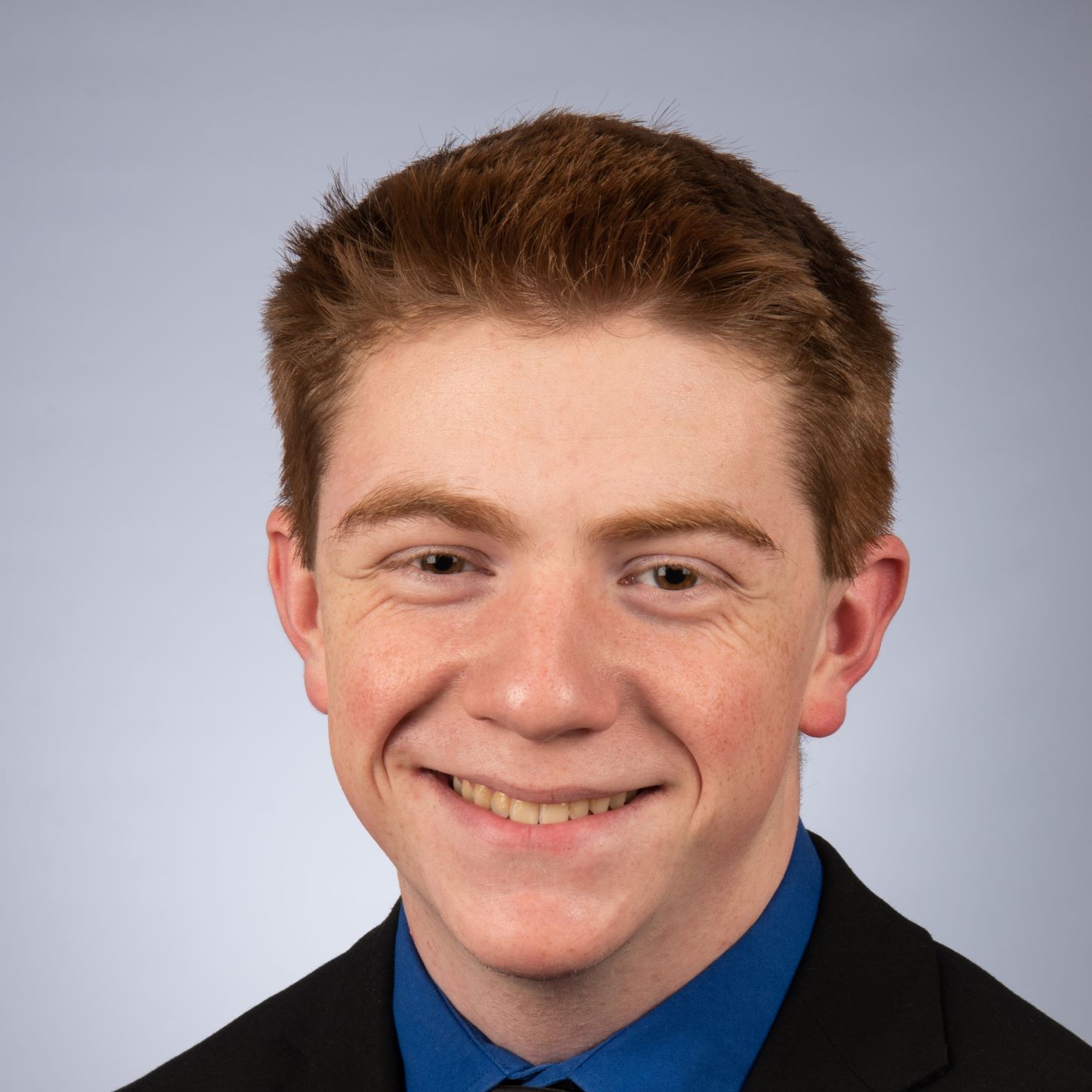Comprehensive Exam of CMSE Cole Stewart
Department of Computational Mathematics, Science & Engineering
Michigan State University
Comprehensive Exam Notice
April 22, 2025, 3pm, EB 1502/3
Zoom Meeting ID: 95920960848
Passcode: 649902
Applications and Tools for Particle Representation of Collisional Plasmas
By Cole Stewart
Abstract:
The fourth state of matter, plasma, is highly reactive, making it extremely useful
in industries such as processing, electronics, and energy. The unique properties that
make it so reactive also make it difficult to model. This comprehensive report focuses
on two distinct applications of plasma, requiring two different methods.
The first application regards the simulation of the discharge of plasma within
the parallel plates of a capacitor in an RLC circuit. RLC circuits are ubiquitous
in technology today, and simulating the complex physics of capacitively coupled circuits
is vital to streamline innovation. This is best handled in cases such as strongly
driven non-equilibrium or bounded systems by using a tool called Particle-in-Cell/Monte
Carlo Collision (PIC/MCC). However, this tool has a flaw; namely the under-representation
of intra-cell Coulomb collisions, which has been considered negligible in low density
systems, with their importance increasing with plasma density. Recent work has shown
that the intra-cell Coulomb collisions are not negligible in certain regimes in which
it has been neglected, which has led to a divergence in plasma density [83]. Accordingly,
the first half of this comprehensive covers the identification of the cause of the
density divergence, the implementation of the solution, and then applying machine
learning techniques via a surrogate model to increase the computational efficiency
of the solution.
The second application focuses on the field of plasma chemistry in order to mitigate
greenhouse gas production. Ammonia is highly used in industries such as agriculture
and basic materials manufacturing, and its synthesis by the Haber-Bosch process is
responsible for 1-2% of the annual global energy consumption and 1.44% of the annual
carbon emissions [49]. Taking advantage of the high reactivity of plasma, there are
methods to synthesize ammonia with zero-net carbon emissions. Modeling of plasma chemistry,
and electrochemistry in general, is difficult due to the number of possible reactants,
states, and reactions, and is a large area of research across science and engineering.
Consequently, the second half of this comprehensive report concentrates on the modeling
of ammonia synthesis, and then the optimization of the driving non-uniform waveform
utilized to control the physical reaction through machine learning.
Committee:
Dr. John Verboncoeur (Chair)
Dr. Wolfgang Kerzendorf
Dr. Michael Murillo
Dr. Brian O'Shea
Dr. Hongtao Zhong



